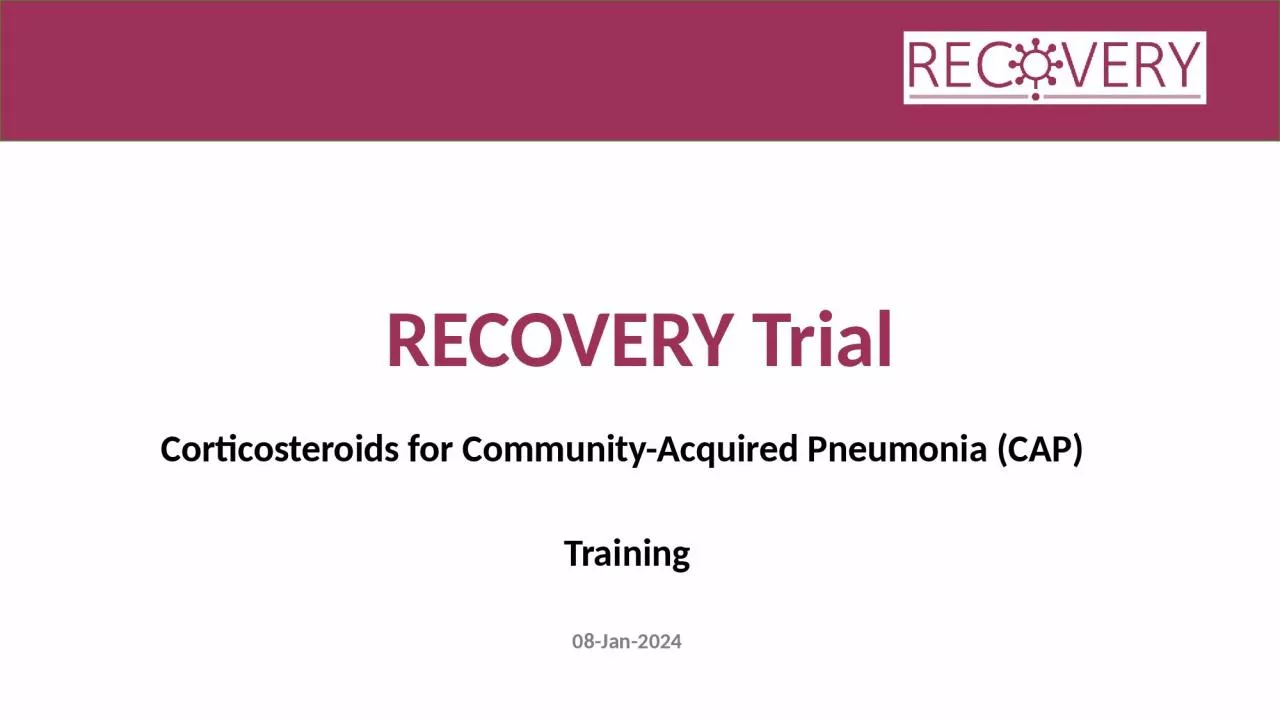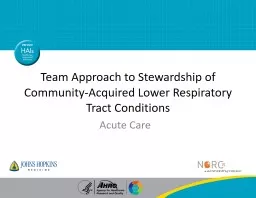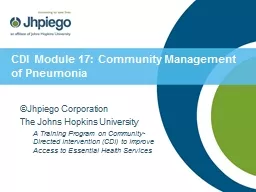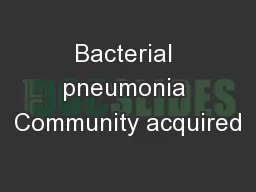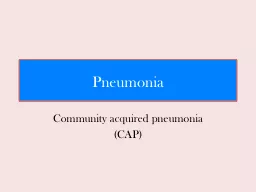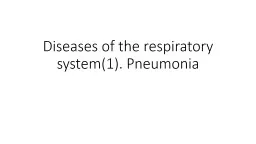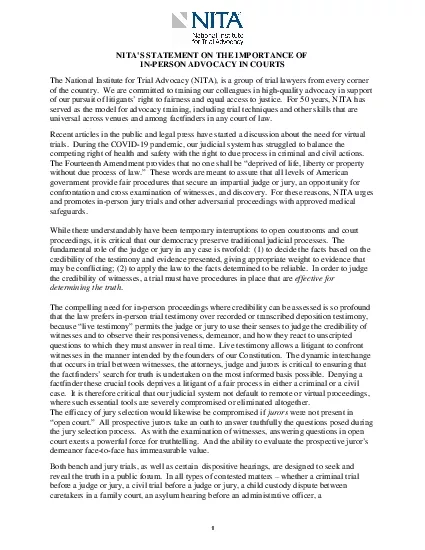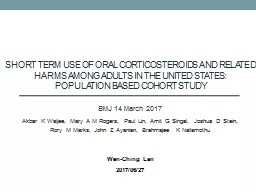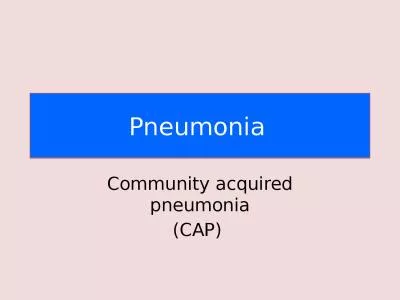PPT-RECOVERY T rial Corticosteroids for Community-Acquired Pneumonia (CAP)
Author : singh | Published Date : 2024-02-03
Training 08Jan2024 Communityacquired pneumonia In a nonpandemic context CAP is usually caused by bacteria from the upper respiratory tract The causative pathogen
Presentation Embed Code
Download Presentation
Download Presentation The PPT/PDF document "RECOVERY T rial Corticosteroids for Com..." is the property of its rightful owner. Permission is granted to download and print the materials on this website for personal, non-commercial use only, and to display it on your personal computer provided you do not modify the materials and that you retain all copyright notices contained in the materials. By downloading content from our website, you accept the terms of this agreement.
RECOVERY T rial Corticosteroids for Community-Acquired Pneumonia (CAP): Transcript
Download Rules Of Document
"RECOVERY T rial Corticosteroids for Community-Acquired Pneumonia (CAP)"The content belongs to its owner. You may download and print it for personal use, without modification, and keep all copyright notices. By downloading, you agree to these terms.
Related Documents

